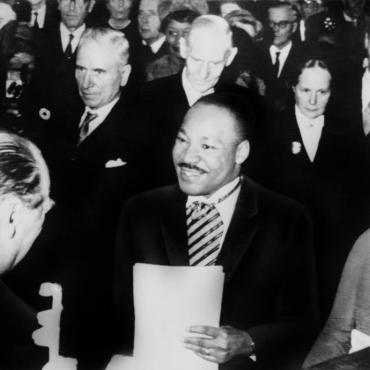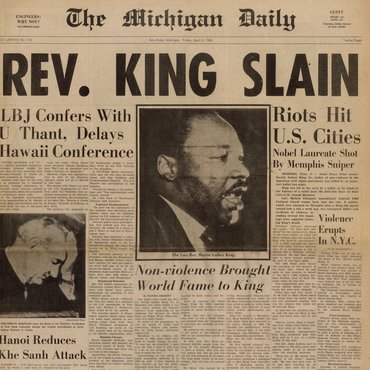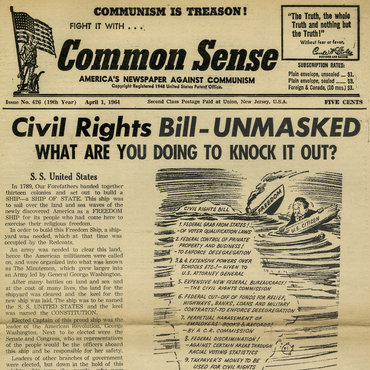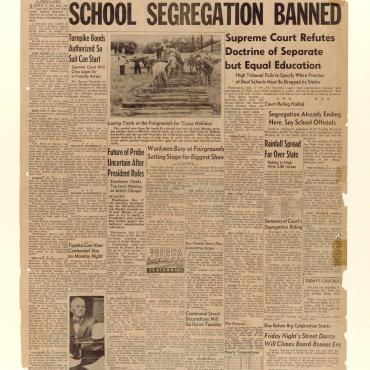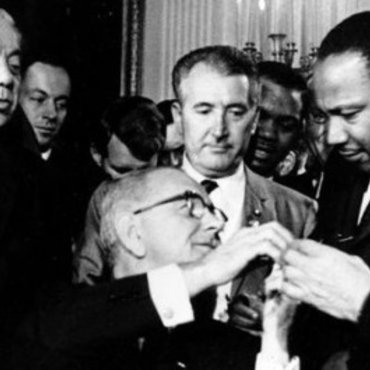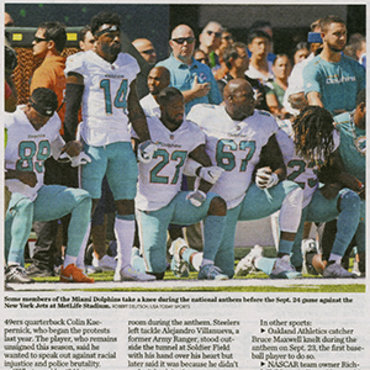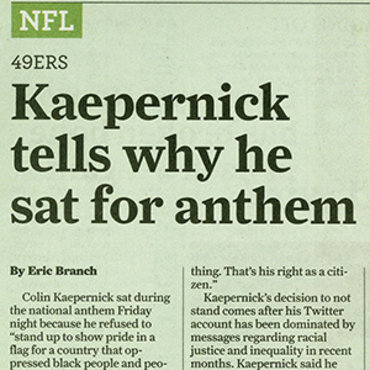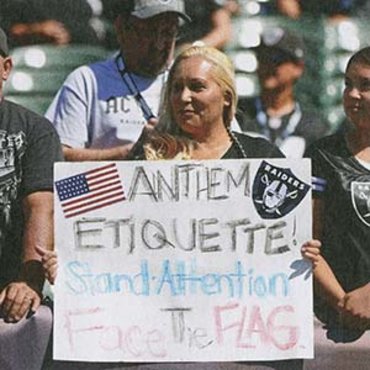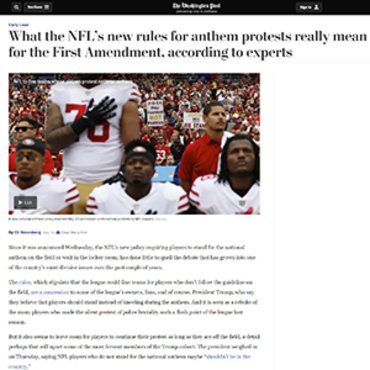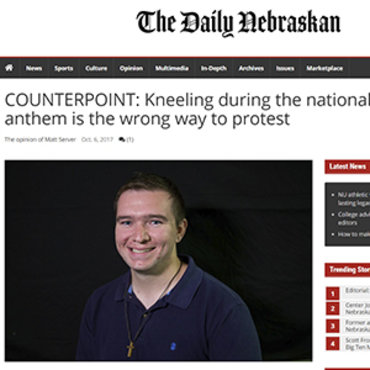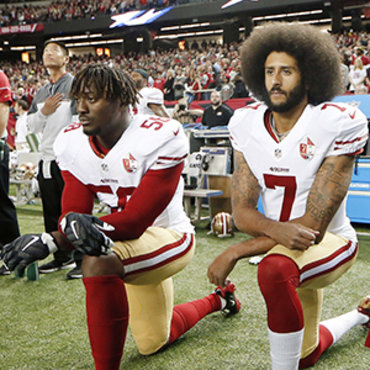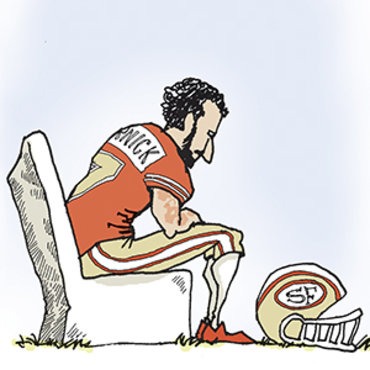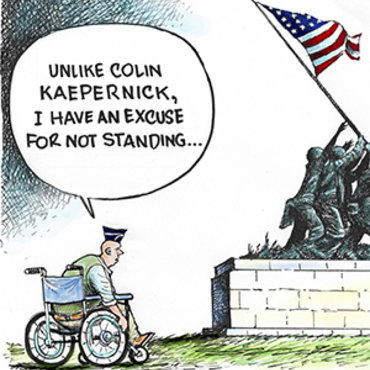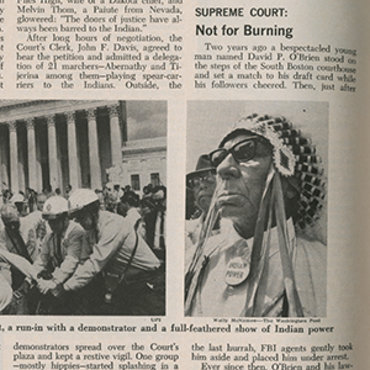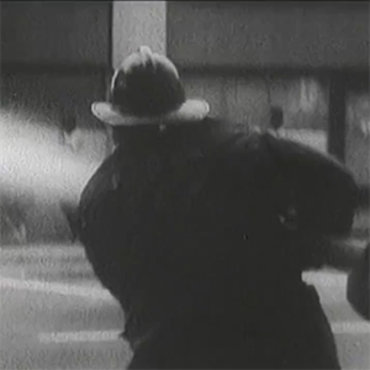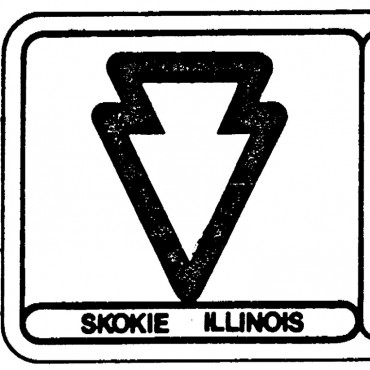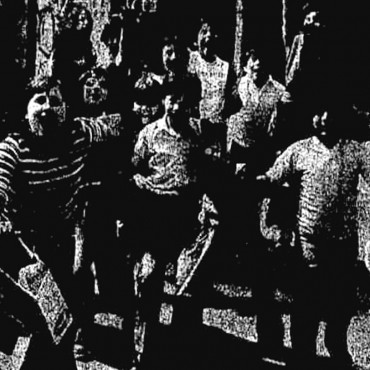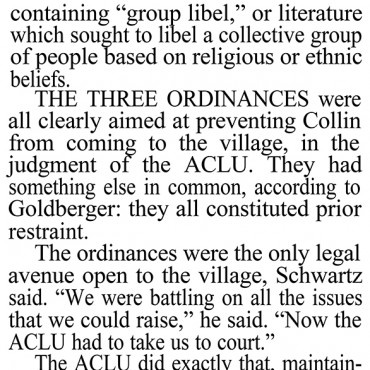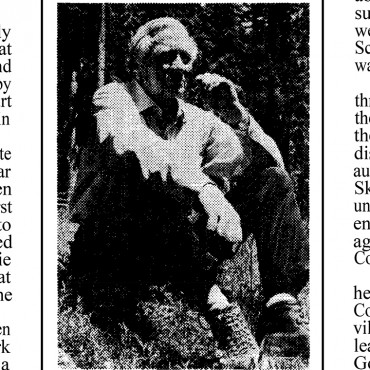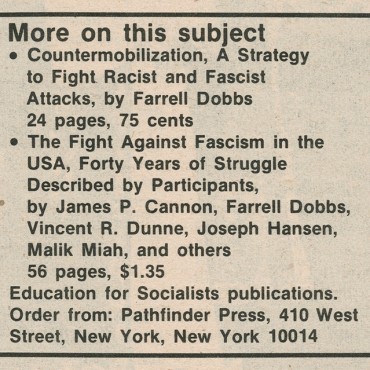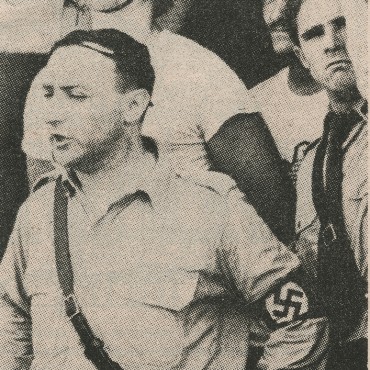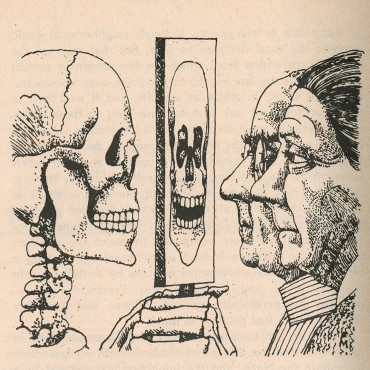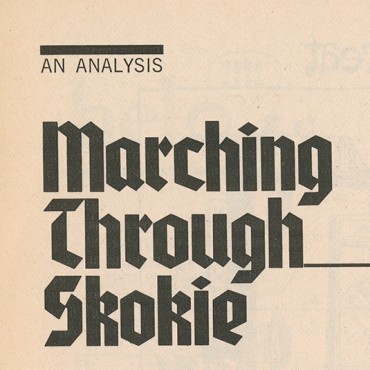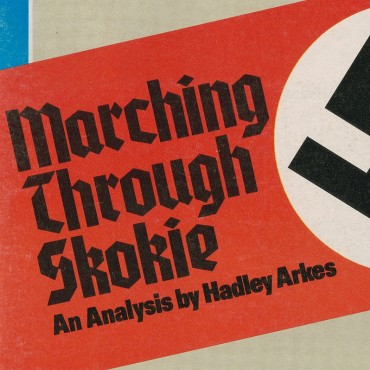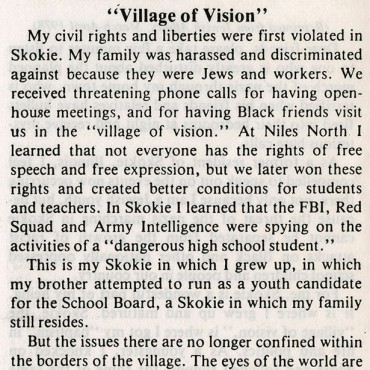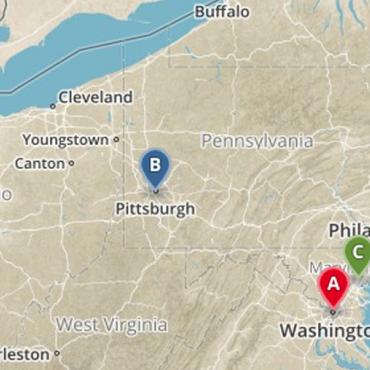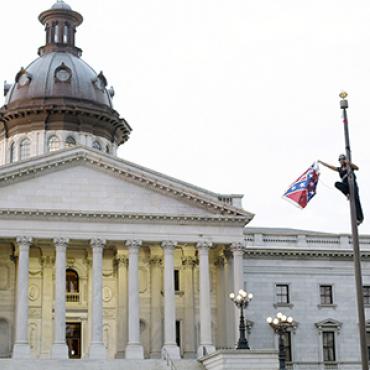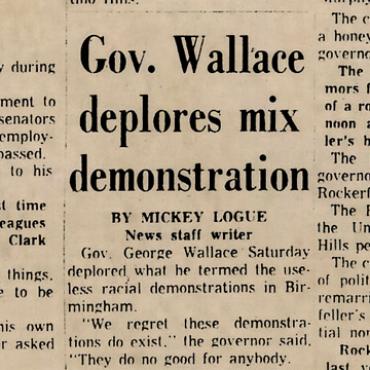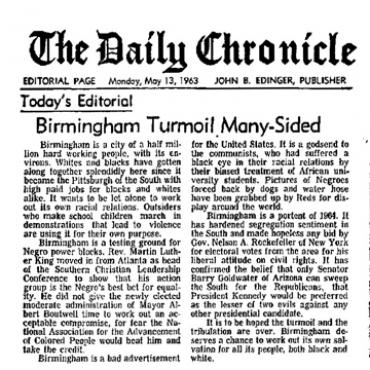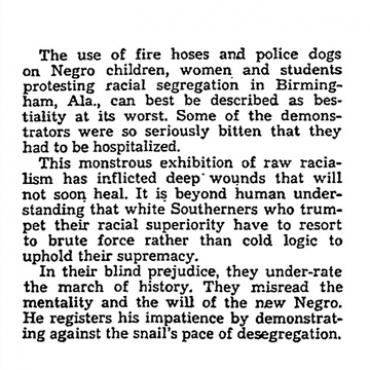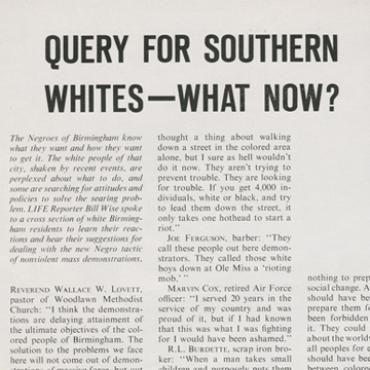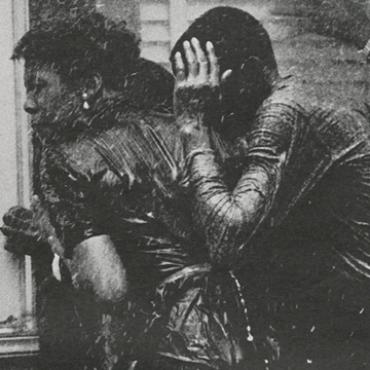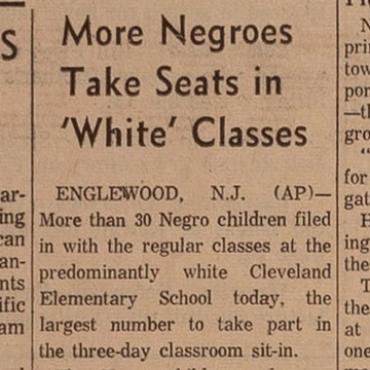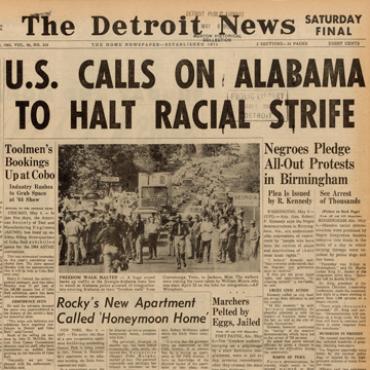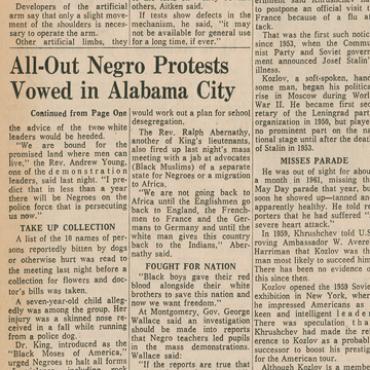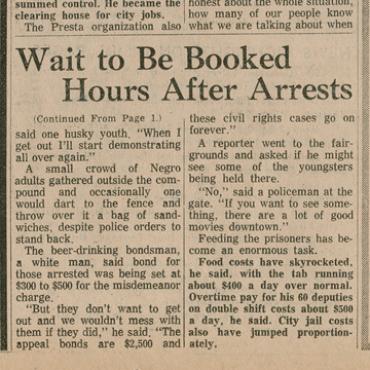James Farmer Jr. and the Congress of Racial Equality
The lesser known, but essential civil rights leader, helped form the Congress of Racial Equality and used nonviolent strategies to fight segregation.
By Ben Voth, associate professor of communication at Southern Methodist University
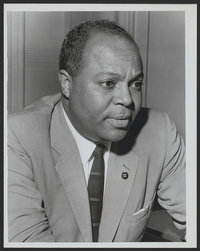
James Farmer Jr. was a member of the "Big Six" civil rights leaders. Those leaders included men whose names you may already know, like Whitney Young and Martin Luther King Jr. Farmer played an important role in the formation and strategies of the nonviolent civil rights movement that we know and celebrate today. In many ways, Farmer embodies a largely forgotten history of how the movement began.
Early Influences Farmer suffered from discrimination and segregationist policies as a child in Marshall, Texas. Those experiences led him to pursue education and debate as a means of empowerment. He went to Wiley College at the young age of 14 after winning a speech competition in high school. After graduating from Wiley and earning a ministry degree from Howard University, his father asked him in 1941 what he was going to do with his education. Farmer told his father: “Destroy segregation!”
The First Sit-Ins In 1942, he and students associated with the University of Chicago formed the Congress of Racial Equality. They staged the first organized nonviolent sit-in against racial discrimination in U.S. history at the Chicago restaurant Jack Spratt. Black and white CORE members worked together to stage the sit-in. By the 1960s, Farmer’s leadership in CORE led to the creation of more than 100 CORE chapters nationally with more than 80,000 members.
Riding for Freedom In 1961, Farmer organized Freedom Rides, bus trips with black and white CORE members, to test segregation laws in the South. In Anniston, Ala., protesters bombed their buses. Images of the violence transformed the national debate on racism as people saw photos of this terrorism in newspapers. The rides and the news coverage convinced the federal government to enforce rules against segregation in interstate bus travel.

Continuing the Fight Over the next 25 years, Farmer played a key role in bringing to an end the formal legal practice of segregation common across the United States. He helped plan the March on Washington, but couldn’t attend. (Farmer was in jail in Louisiana for his civil disobedience against segregation.) He also regularly debated rivals such as Malcolm X on public questions of whether integration or segregation was better policy.
Legacy In 1964, Farmer’s organization CORE was critical to the social activism known as Freedom Summer, where members led voter registration drives and the created Freedom Schools to educate black students attending poorly supplied, segregated schools. CORE members were trained in the nonviolent movement techniques refined by the “great debater” James Farmer Jr. He was immortalized by Denzel Washington as one of the great debaters from the 1930s who were coached by Melvin Tolson. In 1998, the year before his death, Farmer was awarded the Presidential Medal of Freedom by President Bill Clinton for his work on civil rights.
Use the NewseumED Civil Rights Timeline to discuss the following questions:
- Organizations such as CORE played a large role in the civil rights movement. How was CORE, and other organizations such as the NAACP, SCLC and SNCC, able to help organize citizens around the United States?
- How could press coverage of attacks on freedom riders impact public perception of the civil rights movement?
- Civil rights activists organized numerous voter registration drives. What made voting such an important tool for citizens trying to change society?
- Education played an important role in James Farmer Jr.'s life. African-American students attending segregated schools had to overcome many obstacles to earn their education. Why was ending school segregation an important goal of the civil rights movement?

